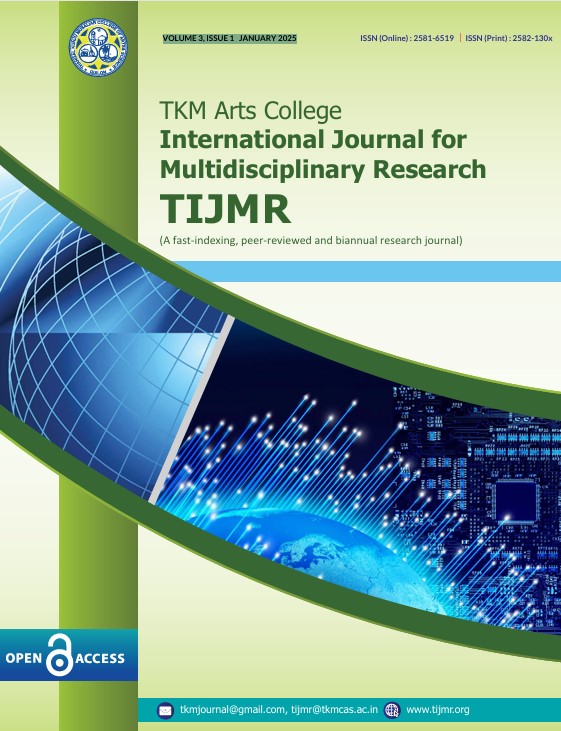Arabic: The Language of Arts, Civilization and Cultural Exchange
Abstract
Language is the lifeblood of a culture’s soul, a vessel of wisdom and memory. Like a mother cradling her infant, it carries, nurtures, and feeds the essence of people: their hopes, histories, and dreams across generations. Just as a mother nourishes her child, she passes down the invisible threads of heritage, woven from the memories and customs of her family. In this quiet exchange, differences arise, influences blend, and new cultural bonds are born; connecting not only to the family but to the wider universe, shaped by both mother and father, or sometimes, by a mother alone. Among the world’s major languages, Arabic holds a unique position as Buraq of civilization, the ‘umbilical cord’ of cultural exchange, and a unifying force across divers societies. In Islamic tradition, ‘Buraq’ is the heavenly steed entrusted to Angel Gabriel, who carries Prophet Muhammed (SWA) to the heavens during the Night Journey and Ascension. This paper journeys through the historical, intellectual, and artistic landscapes of the Arabic world, tracing its influence from the Islamic Golden Age to the modern era. It captures the role of the Arabic language in shaping scientific, inquiry, literature, and universal diplomacy, while also addressing the challenges and opportunities it faces in contemporary world fraught with crises and threats to its existence. Arabic stands firm not only as a living medium of artistic and scholarly expression, ensuring its enduring legacy for generation to come


